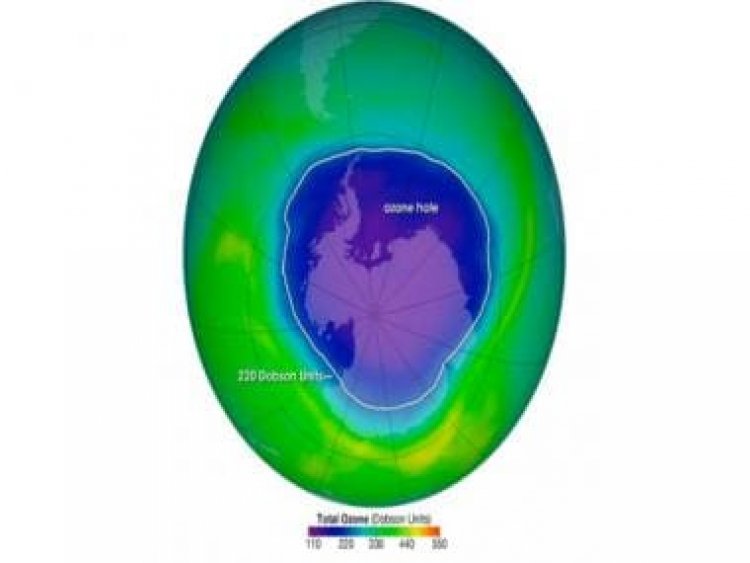Ozone hole 7 times bigger than the last one discovered: What is it and why you should be worried
Ozone hole 7 times bigger than the last one discovered: What is it and why you should be worried

Adding to the worries of environment activists and possibly increasing the impact of climate change on the planet, a new and larger hole in the ozone layer has been discovered recently.
Seven times larger than the one over Antarctica, the hole in the ozone layer has been located in the lower stratosphere over the tropics for the last 30 years, according to a paper published in AIP Advances.
The ozone layer envelops the Earth and protects it from the Sun’s harmful ultraviolet rays and the discovery of the all-season hole does not bring bode well for the planet.
What is an ozone hole?
According to American space agency NASA, the ozone hole is a region of exceptionally depleted levels of the gas in the stratosphere over the Antarctic that happens at the beginning of Southern Hemisphere spring (August–October).
Environmentalists describe the ozone hole as an area where the loss of the gas is 25 per cent more than the undisturbed atmosphere.
What causes the ozone hole?
NASA explains that holes in the ozone layer are caused by chlorofluorocarbons (CFCs). These chemicals escape into the atmosphere from refrigeration and propellant devices and other such things. In the lower atmosphere, they are so stable that they persist for years, even decades, according to NASA website.
This long lifetime allows some of the CFCs to eventually reach the stratosphere. In the stratosphere, ultraviolet light breaks the bond holding chlorine atoms (Cl) to the CFC molecule. A free chlorine atom goes on to participate in a series of chemical reactions that both destroy ozone and return the free chlorine atom to the atmosphere unchanged, where it can destroy more and more ozone molecules.
In short, these CFCs release chlorine after coming into contact with the ultraviolet rays of the Sun, which ultimately destroy ozone.
The new hole and what does it mean
According to Lu, the existence of the tropical ozone hole may cause great global concern.
"The depletion of the ozone layer can lead to increased ground-level UV radiation, which can increase risk of skin cancer and cataracts in humans, as well as weaken human immune systems, decrease agricultural productivity, and negatively affect sensitive aquatic organisms and ecosystems," the researcher said in his observation in the paper.
According to NDTV, the researcher said that the tropical and polar ozone holes play a major role in cooling and regulating stratospheric temperatures, mirroring the formation of three "temperature holes" in the global stratosphere. He said this finding may prove crucial to better understanding global climate change.
As with the polar ozone hole, approximately 80% of the normal ozone value is found to be depleted at the center of the tropical ozone hole. Preliminary reports show ozone depletion levels over equatorial regions are already endangering large populations and the associated UV radiation reaching these regions is far greater than expected.
With inputs from agencies
Read all the Latest News, Trending News, Cricket News, Bollywood News,
India News and Entertainment News here. Follow us on Facebook, Twitter and Instagram.
What's Your Reaction?



























































